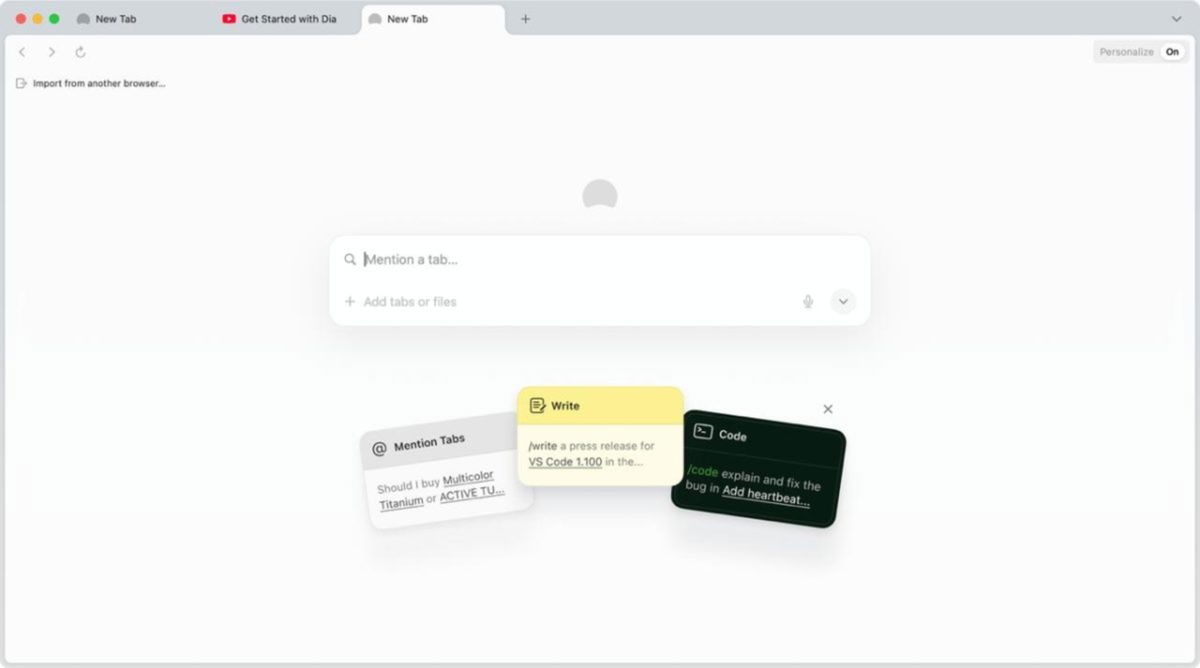The European Space Agency (ESA) presented the first images from the Euclid Space Telescope on Tuesday. Five postcards depicting space in full color. The mission launched on July 1 on a rocket from SpaceX, the company led by Elon Musk. During these months, a team of scientists and engineers calibrated all the instruments of the telescope until they received the first results.
“Never before has a telescope been able to produce such sharp astronomical images across such a large area of the sky.”This is stated in the ESA message. The first images show the potential of Euclid, which, according to the agency, will create the most extensive 3D map of the Universe to date.
The first images released show everything from bright stars to dim galaxies. ESA has posted a research tool on its website that allows photographs to be enlarged without affecting sharpness. In the first part they are shown in great detail. some galaxies, star clusters and nebula.
ESA names the Euclid telescope as its own “detective from the dark universe”. Its mission is to study dark matter and energy. It seems that 95% of our cosmos consists of these mysterious “dark” creatures. Scientists do not fully understand what it is. Only its very presence causes changes in the appearance and movement of things that we can observe in the Universe.
The mission will study the shapes, distances and movements of billions of galaxies over the next six years. within a radius of 10 billion light years. Euclid will be able to accomplish such a task thanks to its ability to produce remarkably clear visible and infrared images of a large portion of the sky in a single session.
Irregular galaxy NGC 6822
This is an irregular dwarf galaxy that is located very close, only 1.6 million light years from Earth. Most galaxies in the nearby Universe do not resemble a typical ordered spiral, but are more like NGC 6822: they are irregular and small. They are the main components of larger galaxies.like the Milky Way.

Globular cluster NGC 6397
Globular clusters are clusters of hundreds of thousands of stars held together by gravity. At present, no telescope other than Euclid can observe the entire globular cluster in one observation and at the same time distinguish such a number of stars in such a group. NGC 6397 is the second closest globular cluster to Earth, located approximately 7,800 light-years from our planet. These faint stars provide clues about where dark matter is located.

A version of the Horsehead Nebula imaged by the Euclides telescope.
The Euclid telescope captured this impressive, detailed panoramic view of the Horsehead Nebula. It is also known as Barnard 33 and is part of the Orion constellation. In this postcard, scientists hope to find many faint, never-before-seen planets.

Perseus Galaxy Cluster
The following image shows about 1000 galaxies belonging to the Perseus cluster. In addition, another 100,000 galaxies are visible in the background. An absolutely astronomical feat. Many of these faint galaxies have not yet been seen. Some of them are so far away that their light took 10 billion years to reach us.
By mapping the distribution and shape of these galaxies, cosmologists can learn more about how dark matter shaped the universe. “This is the first time such a large image allows us to image so many of the Perseus galaxies in such a high level of detail,” ESA said in a statement. Perseus is one of the most massive structures known in the Universe, located 240 million light years from Earth.

Euclid telescope and spiral galaxy IC 342
This galaxy also has the nickname “Hidden Galaxy” or Caldwell 5. Euclid used its near-infrared instrument to peer through the dust and measure light from the many cool, low-mass stars that dominate this galaxy’s mass.

Source: Hiper Textual














